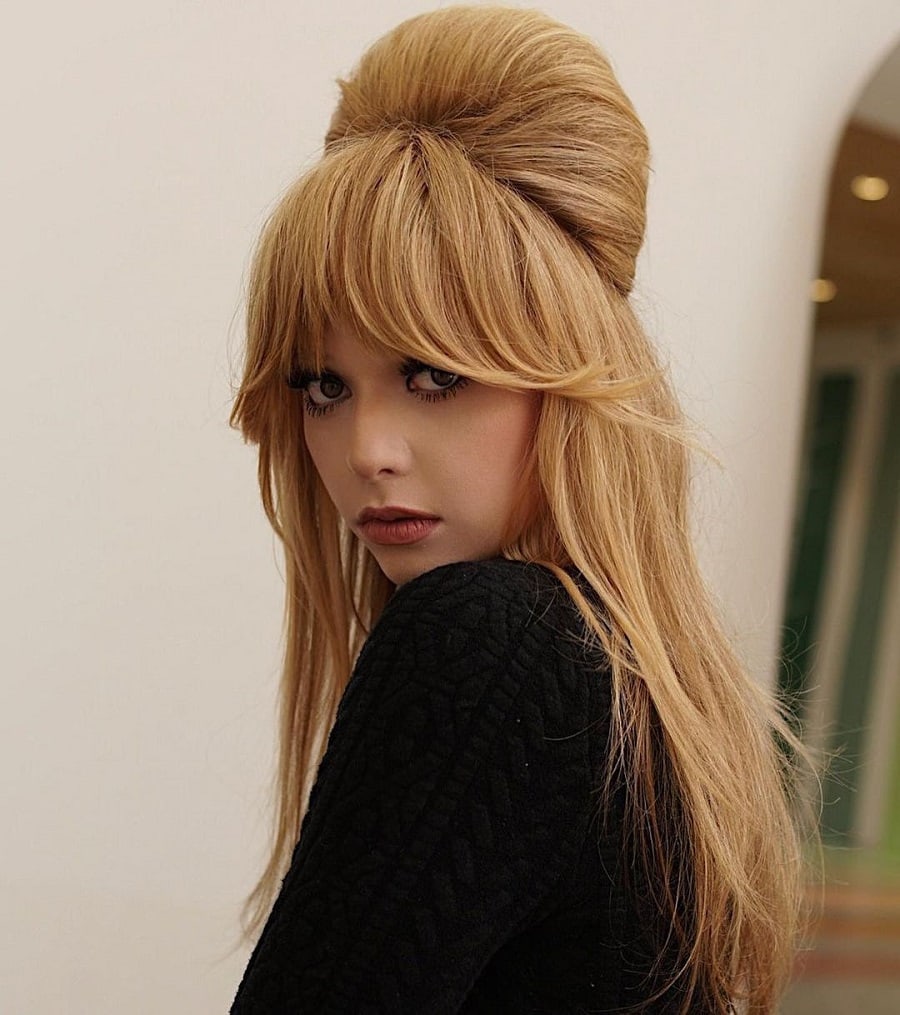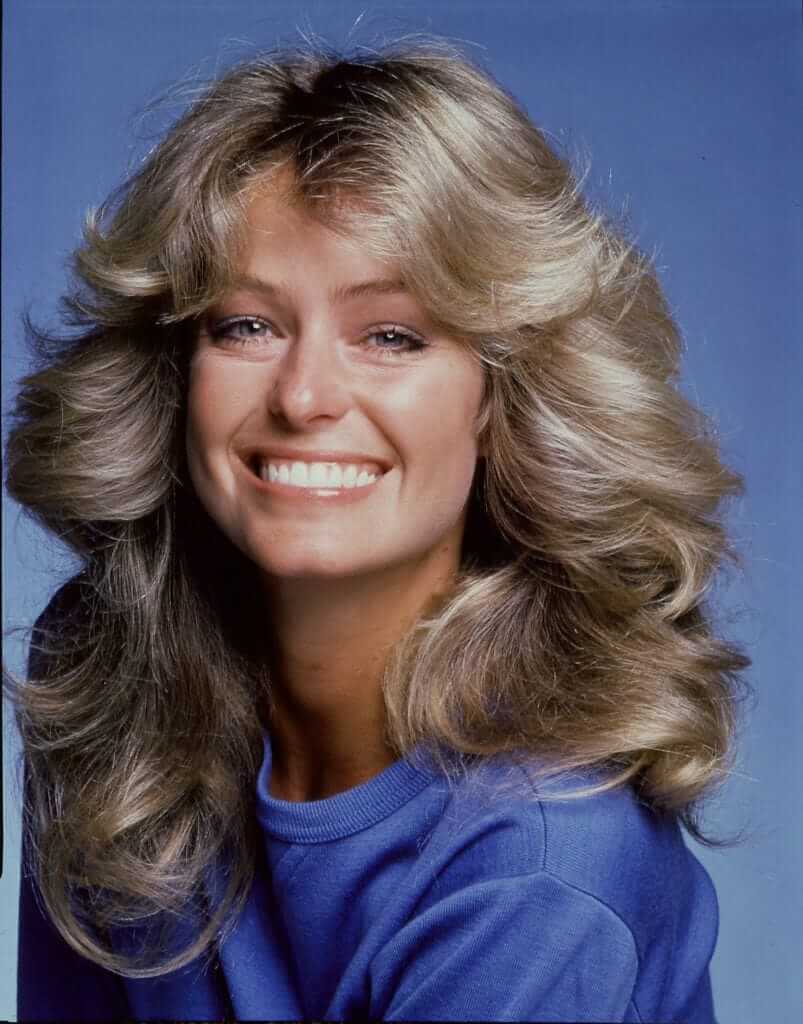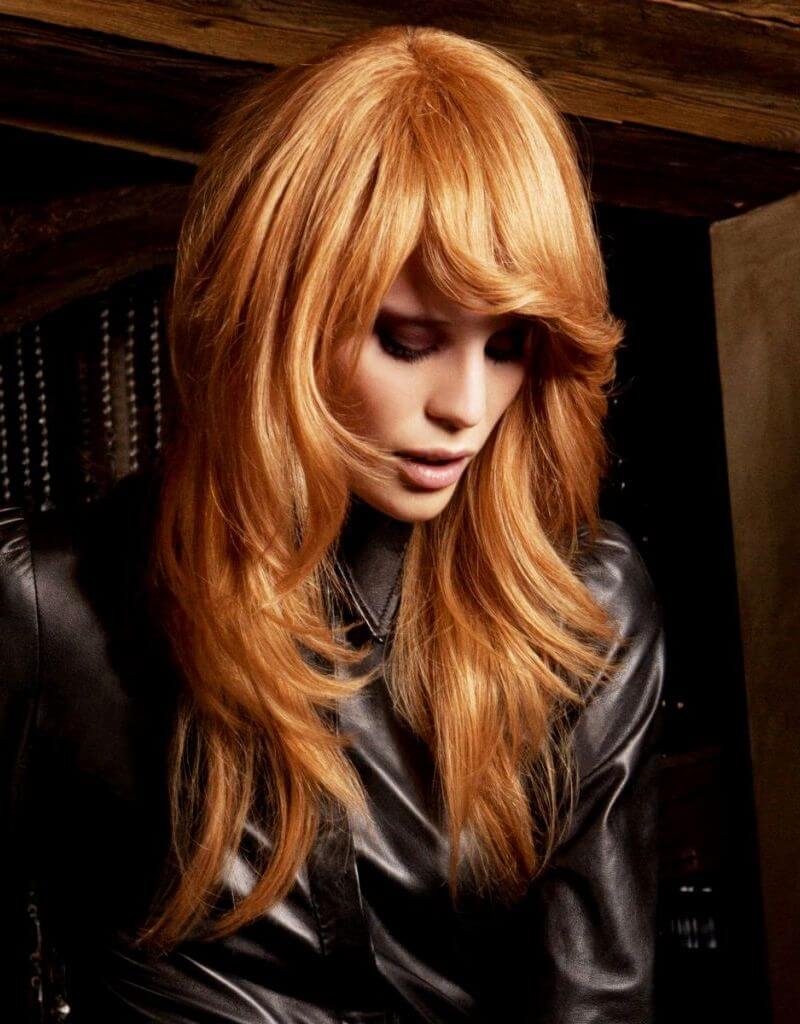70s Hairstyles Bangs: An Exploration of Iconic Fringe Trends

The 1970s represented a pivotal decade in fashion and culture, marked by a spirit of liberation, individuality, and diverse aesthetic expressions. Within this vibrant landscape, hair played an exceptionally significant role, often serving as a powerful statement of personal style. Among the myriad of coiffures that defined the era, the various forms of frontal hair arrangements, commonly known as bangs or fringes, emerged as particularly iconic. These distinctive forehead coverings were not merely an accessory; they were integral components of the decade’s most memorable looks, reflecting shifts from structured elegance to effortless, free-spirited charm. Understanding the nuances of these popular forehead coverings provides a comprehensive insight into the era’s evolving beauty standards and its lasting impact on contemporary hair fashion.
The cultural backdrop of the 1970s heavily influenced the development and popularity of these specific fringe styles. Following the counter-cultural movements of the late 1960s, there was a widespread desire for self-expression and a rejection of rigid societal norms. This translated into hair trends that favored natural textures, longer lengths, and styles that conveyed a sense of ease and movement. The influence of music, particularly disco, rock, and punk, alongside the burgeoning film and television industries, brought various hair aesthetics into the mainstream, making specific frontal hair designs synonymous with celebrity and trendsetting.
One of the most universally recognized and enduring frontal hair designs of the period was the feathered fringe. This style was characterized by layers that were cut shorter in the front and gradually lengthened towards the sides, often swept away from the face with a voluminous, airy quality. The technique involved blow-drying the hair with a round brush, curling the ends outwards, creating a soft, wing-like effect around the temples. This particular forehead-framing cut became synonymous with figures like Farrah Fawcett, whose iconic “Farrah flip” often incorporated this voluminous, swept-back fringe. The feathered look conveyed a sense of glamorous effortlessness, embodying the decade’s move towards a more natural yet polished aesthetic. Its widespread adoption underscored a desire for hair that appeared both styled and free, offering a versatile option that could complement various face shapes and hair textures. The popularity of this specific fringe style demonstrated a preference for dynamic movement and a softer frame around the face, moving away from the more severe cuts of previous decades.
In contrast to the feathered look, the blunt fringe offered a bolder, more graphic statement. This style featured hair cut straight across the forehead, typically falling just above the eyebrows, creating a sharp, clean line. The blunt cut could range from a heavy, dense fringe that provided a dramatic frame for the eyes, to a slightly softer version that still maintained its defined edge. This particular forehead-framing cut was often paired with longer, straight hair, emphasizing sleekness and precision. It exuded a sense of sophisticated simplicity and could convey an air of mystery or intellectualism. While less overtly playful than the feathered styles, the blunt frontal hair arrangement was equally impactful, appealing to those who preferred a more structured and assertive aesthetic. Its clean lines provided a strong focal point, drawing attention to the eyes and cheekbones, and it became a staple in both high fashion and everyday looks.
Another prominent frontal hair design was the curtain fringe, which saw a resurgence of popularity from earlier eras. This style involved a fringe that was parted down the middle or slightly off-center, with the hair sweeping to either side of the face, often blending seamlessly into longer layers. The curtain fringe offered a softer, more bohemian aesthetic, providing a gentle frame without completely obscuring the forehead. Its versatility was a key benefit; it could be styled to be more pronounced or subtly blended, and it grew out gracefully, making it a low-maintenance option. This particular forehead-framing cut resonated with the decade’s appreciation for natural beauty and understated elegance. It allowed for a playful peek-a-boo effect, enhancing the eyes while maintaining a relaxed, approachable vibe. The enduring appeal of this frontal hair arrangement lies in its ability to soften facial features and add a touch of romantic charm.
The wispy or shag fringe emerged as a natural complement to the popular shag haircut, a layered, textured style that gained immense traction during the 1970s. This specific fringe style was characterized by its light, airy, and often choppy texture, designed to blend seamlessly with the overall layered structure of the shag. It was typically cut with varying lengths, creating a soft, unstructured frame around the face, often falling into the eyes in an effortless manner. The wispy frontal hair arrangement embodied the decade’s embrace of a more undone, rock-and-roll aesthetic, championed by musicians and artists. It conveyed a sense of rebellious cool and low-maintenance style, requiring minimal styling to achieve its desired effect. The benefit of this particular forehead-framing cut was its ability to add volume and movement to fine hair, while also breaking up the severity of thicker textures, contributing to an overall youthful and dynamic appearance.
Beyond these distinct categories, the general approach to frontal hair arrangements in the 1970s emphasized movement, texture, and personalization. Hair was often styled with volume at the roots, achieved through blow-drying techniques and sometimes backcombing, to give the fringe a fuller, more substantial appearance. The use of rollers, particularly hot rollers, was common for adding curl and bounce, especially to feathered styles. Hair products, such as mousses and light-hold hairsprays, were utilized to maintain shape without stiffness, aligning with the desire for hair that looked natural and touchable. The importance of these frontal hair designs lay in their capacity to transform an entire hairstyle, adding character, softness, or boldness as desired. They provided a focal point for the face, enhancing or softening features, and contributing significantly to the overall silhouette of the head.
The enduring legacy of these distinctive forehead coverings is evident in their continued influence on contemporary hair trends. Many modern fringe styles draw direct inspiration from the 1970s, reinterpreting the feathered, blunt, curtain, and wispy looks for a new generation. This cyclical nature of fashion underscores the timeless appeal of these specific frontal hair arrangements. They represent a period of significant innovation in hair styling, where individuality and expression were paramount, and where a simple cut of hair could convey a wealth of cultural meaning. The benefits of these styles, such as their versatility, their ability to frame the face, and their capacity to add personality to a look, remain as relevant today as they were five decades ago.
FAQs by 70s Hairstyles Bangs
Q: What characterized the primary fringe styles of the 1970s?
A: The primary fringe styles included the feathered, blunt, curtain, and wispy/shag varieties. Each possessed distinct characteristics, ranging from voluminous, swept-back layers to sharp, straight-across cuts, and soft, parted frames to textured, unstructured designs.
Q: Were specific tools and techniques essential for achieving these frontal hair arrangements?
A: Yes, achieving the desired effects often involved specific tools and techniques. Blow dryers, round brushes, and hot rollers were commonly used to create volume and shape, particularly for feathered and curtain styles. Precision cutting was crucial for blunt fringes, while layering techniques defined the wispy and shag looks.
Q: How did these distinctive forehead coverings reflect the cultural mood of the era?
A: These frontal hair designs reflected the era’s cultural mood by embodying a spirit of liberation, individuality, and self-expression. They moved away from rigid, formal styles towards more natural, dynamic, and often effortless looks, mirroring the broader societal shifts towards freedom and personal authenticity.
Q: Do these specific fringe types maintain relevance in contemporary hair fashion?
A: Absolutely. Many contemporary fringe styles draw direct inspiration from the 1970s. The curtain fringe, in particular, has seen a significant resurgence, and elements of feathered and wispy styles are frequently incorporated into modern layered cuts, demonstrating their timeless appeal and adaptability.
Q: What was the importance of these popular forehead coverings in defining a complete hairstyle?
A: These frontal hair arrangements were crucial in defining a complete hairstyle by providing a focal point for the face. They could dramatically alter the overall silhouette, add character, soften features, or create a bold statement, thereby playing a pivotal role in the aesthetic impact of a coiffure.
Tips by 70s Hairstyles Bangs
To achieve and maintain these iconic frontal hair arrangements, specific considerations are beneficial:
- For Feathered Effects: Utilize a medium-sized round brush and a blow dryer. Direct airflow upwards and outwards, sweeping the hair away from the face to create volume and the characteristic ‘feathered’ curl at the ends. A light-hold hairspray can secure the shape without stiffness.
- For Blunt Precision: Regular trims are paramount to maintain the sharp, straight line of a blunt fringe. Use a flat iron on low heat if necessary to ensure sleekness, but avoid over-styling to prevent damage. A professional stylist should perform the initial cut to ensure accuracy.
- For Curtain Styling: A center or slightly off-center part is essential. Blow-dry the fringe forward, then use a round brush to gently sweep each side outwards, framing the face. Allow the hair to cool around the brush for a softer, more natural curve. Texturizing spray can enhance separation.
- For Wispy/Shag Texture: Embrace natural texture. A light styling cream or mousse can be applied to damp hair before air-drying or diffusing to enhance natural waves and layers. Avoid heavy products that can weigh down the light, airy quality of this specific fringe style.
- Volume Enhancement: Twist Out Hairstyles For Short Natural Hair A Comprehensive Guide To Definition And Versatility Regardless of the specific fringe type, achieving volume at the roots is often key. Root-lifting sprays or mousses applied before blow-drying can provide a lasting lift. Backcombing at the very base of the fringe, followed by a gentle smoothing, can also add fullness.
- Product Selection: Opt for products that offer flexible hold and enhance natural movement. Lightweight hairsprays, texturizing sprays, and volume-boosting mousses are generally suitable. Avoid overly sticky or heavy gels that can diminish the desired softness and flow.
- Regular Maintenance: All frontal hair arrangements benefit from regular trims. Fringe grows quickly, and maintaining the intended length and shape is crucial for preserving the integrity of the style. Professional trims every 3-6 weeks are recommended.
Conclusion by 70s Hairstyles Bangs
The various frontal hair arrangements of the 1970s represent a significant chapter in the history of hair fashion. From the glamorous sweep of the feathered look to the bold statement of the blunt cut, and the bohemian charm of the curtain fringe to the effortless cool of the wispy shag, these styles were more than mere trends. They were expressions of a dynamic decade, reflecting a cultural shift towards individuality, freedom, and diverse aesthetic preferences. The importance of these distinctive forehead coverings lies in their capacity to transform an entire look, providing a focal point for the face and conveying a wealth of personality. Their enduring influence on contemporary hair fashion underscores their timeless appeal and the fundamental principles of design they embodied: movement, texture, and personalized expression. The legacy of these popular forehead coverings continues to inspire, proving that a well-executed fringe remains a powerful tool for self-styling and a testament to the enduring creativity of the 1970s.







More suggestion: Below The Ear Hairstyles A Comprehensive Exploration Of Versatility And Style